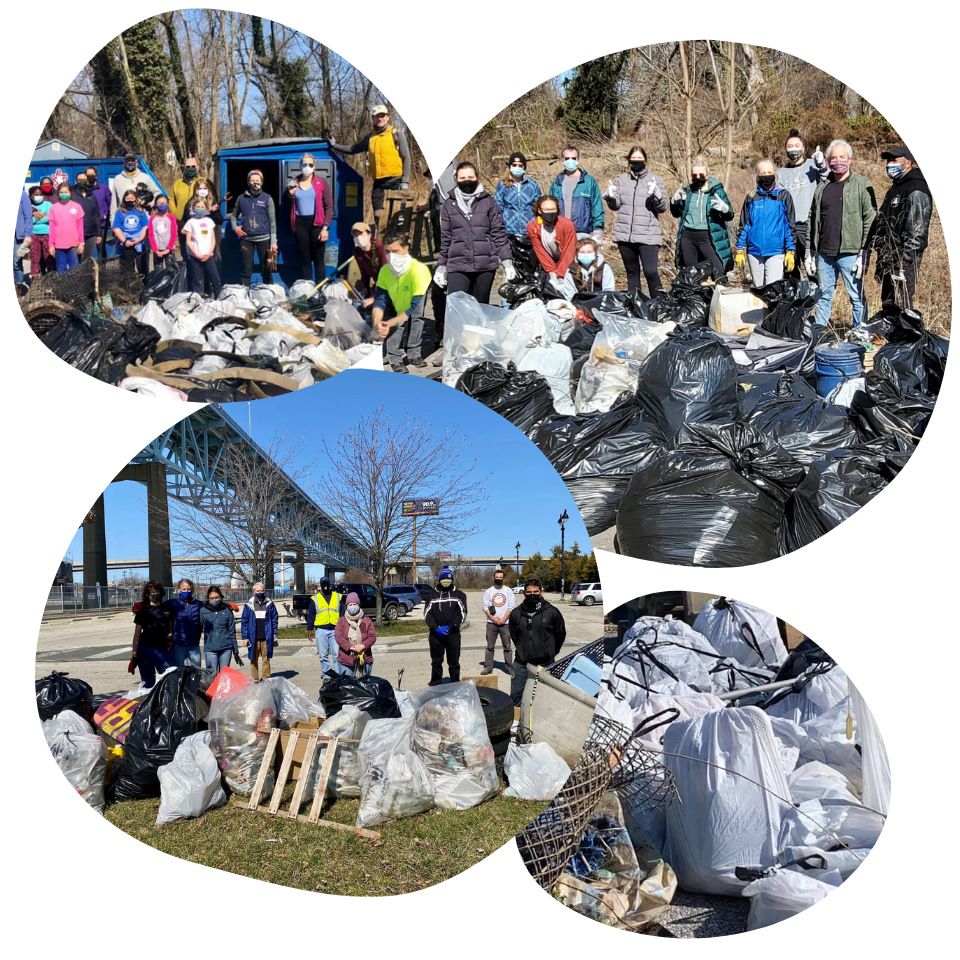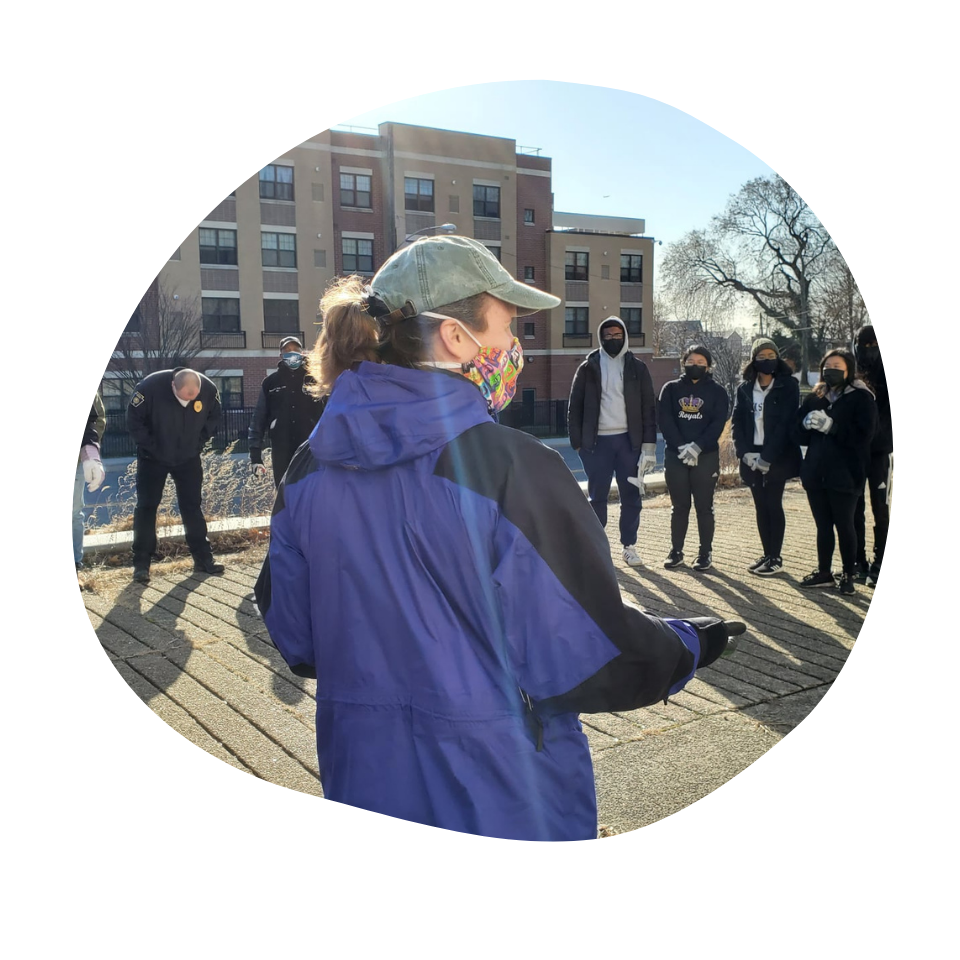Spring in our Watersheds
by David Hilbert
In the spring, a lot happens between the first signs of life in March and the tail end of the blooms in June. There is one big difference worth noting when it comes to the seemingly endless parade of flowers our native plants have to offer, and it relates to the timing of the flower vis-a-vis the leaves. Those trees that bloom before leafing out, such as River Birch or American Elm, heavily favor pollination by wind, since the proliferation of leaves would obstruct their pollen, while those that leaf out afterward, such as Catalpa or Black Willow, favor pollination by insects.
While a seemingly minor difference, this plays a role in site selection, since trees requiring wind pollination also tend to be trees that require a lot of space to thrive, which are evolutionary traits that go hand-in-hand, since open space facilitates airflow. Conversely, late-blooming trees tend to do well in dense habitats, since they use other traits, such as floral fragrance, to facilitate pollination, and a chemical relationship with the surrounding soil known as “allelopathy” to maintain space.
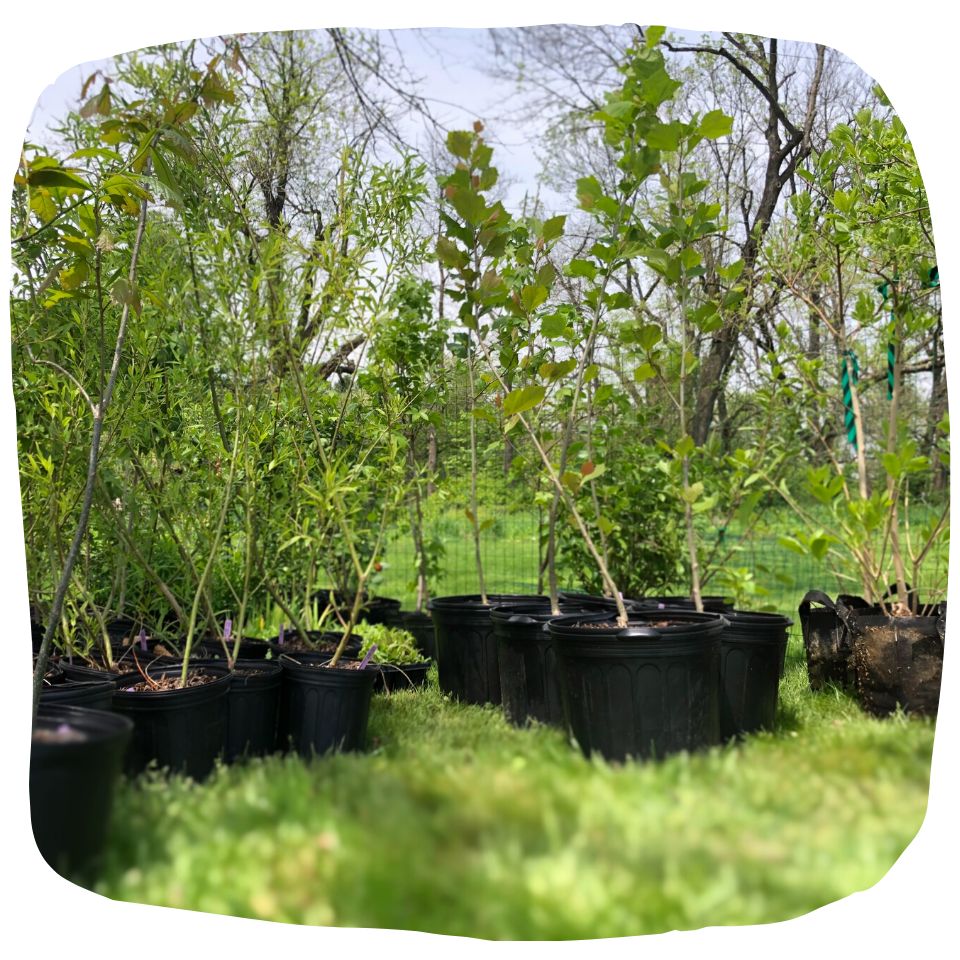
A Bustling Spring Planting Season
As more people received the Covid vaccine, CRC was able to get back to our normal activities, including a packed Spring schedule. This spring featured five tree plantings, which happened to occur sequentially along our southernmost, easternmost, northernmost and westernmost extremities. This allowed CRC to work in habitats ranging from tidal freshwater marshland to some of the steepest ridges of our watersheds, and to plant species reflective of these wildly varying ecosystems, from Sweetbay Magnolias and Atlantic White-Cedar in the former, to Chokecherry and Sassafras in the latter.
Our locations also varied in terms of site histories, with our westernmost site along Thornbury's flat soccer fields mimicking neighboring parcels of still-surviving farmland, while our site in Chester reflected the surrounding neighborhood's development as housing for the refinery workers over 100 years ago. In total, almost 500 individual plants were planted, and will be periodically checked up on to guarantee that they are fulfilling their expected roles in limiting erosion, flooding, and habitat degradation.
Sun Village Park
The neighborhood park around which Sun Village, an early 20th century company-sponsored planned community for the workers of Sun Oil (now Sunoco), was built, reminding us of the strong industrial legacy of Chester City. Containing one of the very few freshwater tidal wetlands in the state of Pennsylvania, this site has the potential to be the model for restoring an endangered ecological community centering around the Atlantic White Cedar (Chamaecyperis thyoides). This location even caught the eye of Channel 6 news – check out the story!
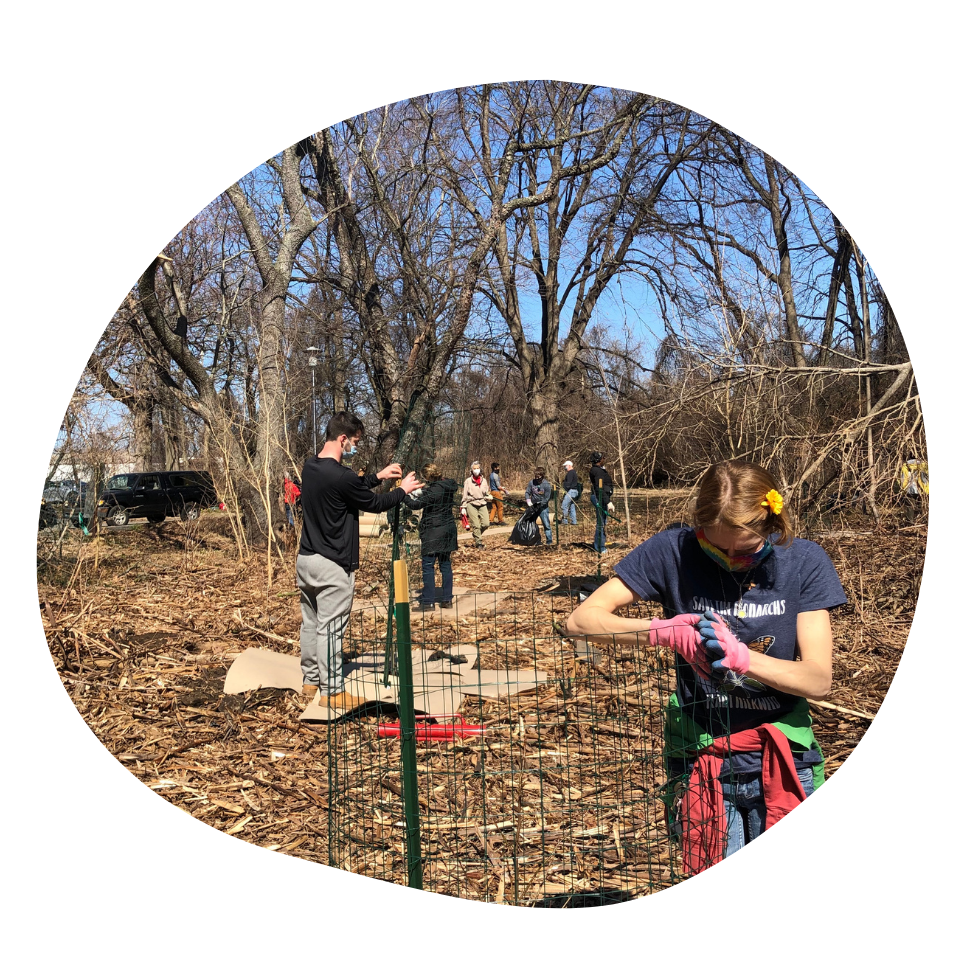
Upland Park
This patch of riparian forest provides a valuable buffer for the Caleb Pusey Historical Site, featuring some of the oldest buildings in the state of Pennsylvania, which have been increasingly endangered by Chester Creek's flood events, as its watershed loses its upstream retention capacity from increasing residential development.
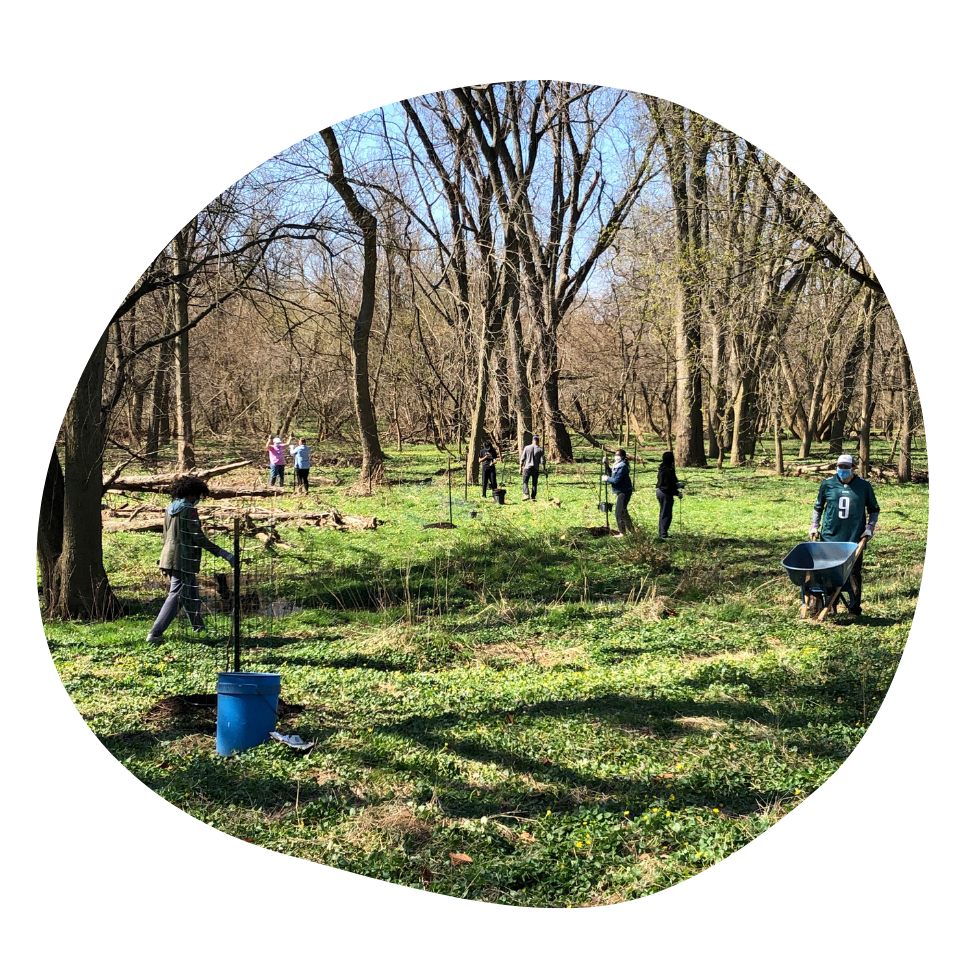
First Avenue Park (Malvern)
This site is about as far upstream as one can get in the CRC Watersheds, and offers us a valuable opportunity to model healthy stormwater control via riparian buffering almost at its source, and not just at its already-heavily impacted downstream sites.
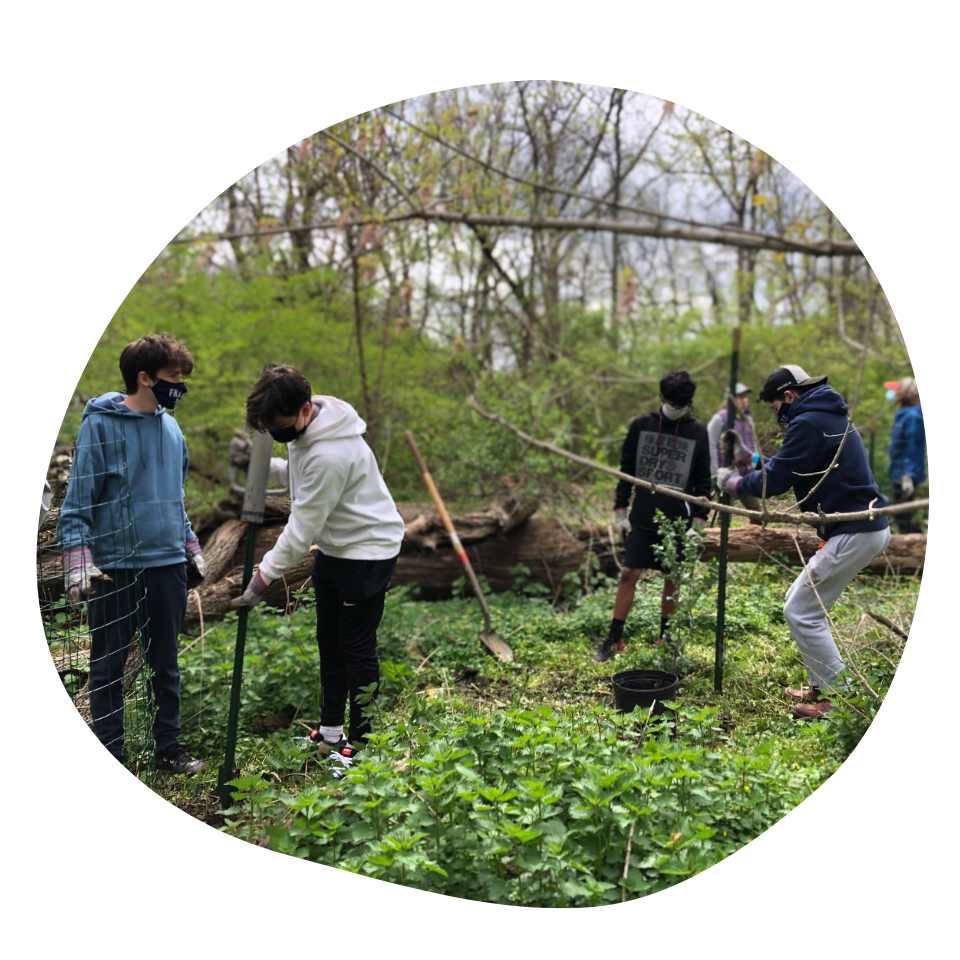
Springfield Trail
Our work at these sites will complement the many years of work by volunteers who have been maintaining the natural value of this sliver of green space that winds its way through the densely urbanized and otherwise long-developed environment of Springfield Twp. Indicative of a healthy local ecology that we are happy to fortify, the Springfield Trail features rare populations of cool-climate Eastern Hemlock, thriving despite the challenges of disease and disturbance, in our warmest corner of Pennsylvania.
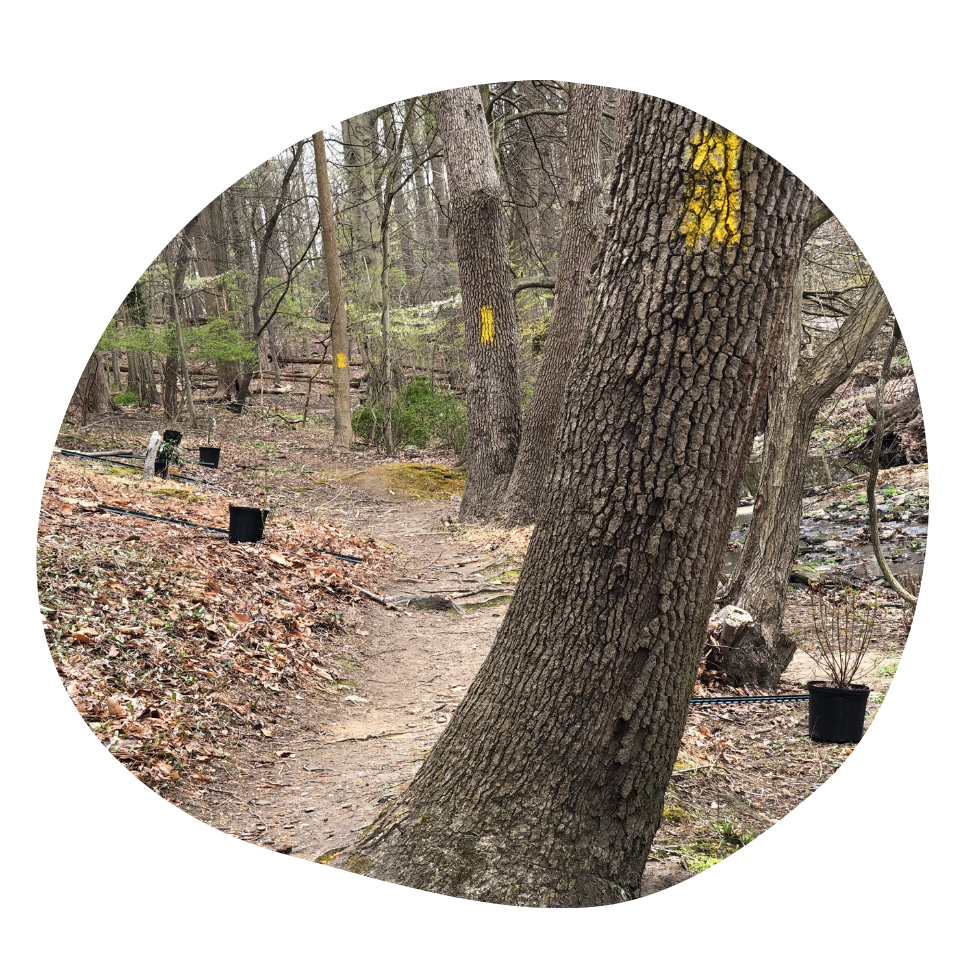
Thornbury Township
A proper reforestation of the riparian buffers at this site, incorporating the confluence of both Westtown Creek with the East Branch of Chester Creek, as well as the confluence of the latter with Goose Creek, offers a unique opportunity to mitigate the bank erosion stemming from the site's long-running use as an open, deforested athletic playing surface.
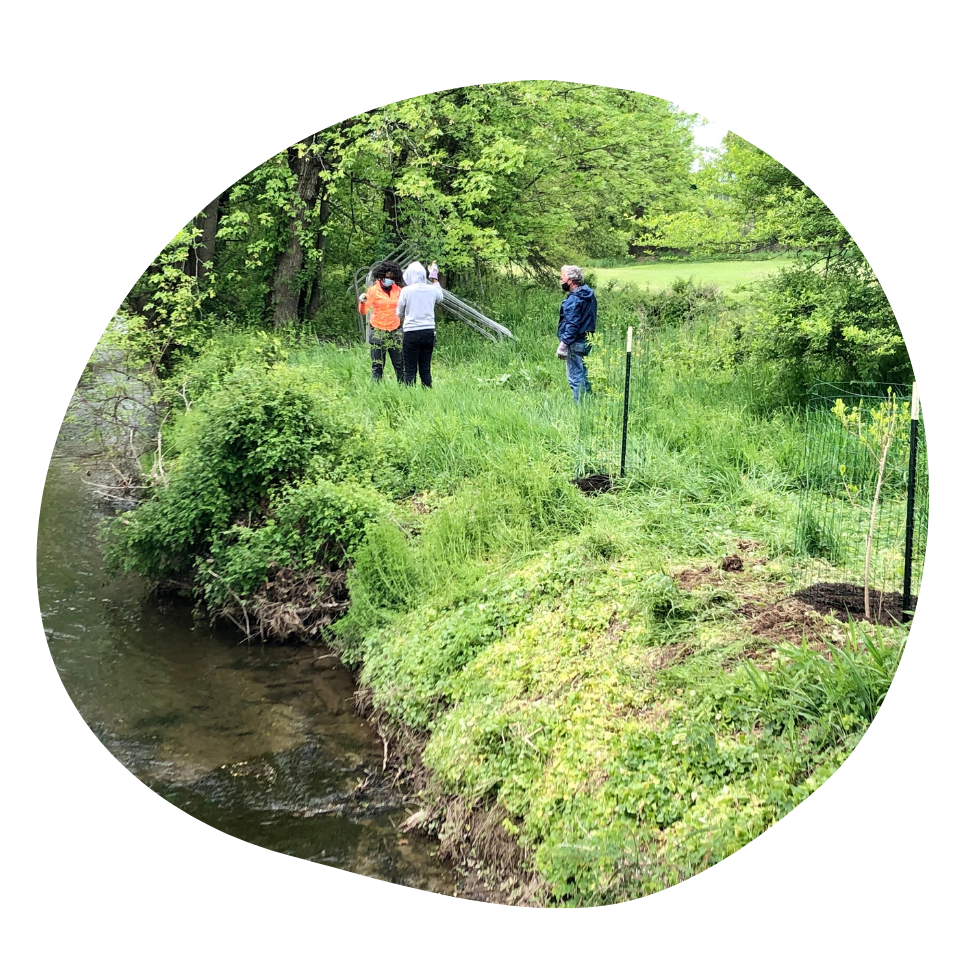
CRC Streams Cleanup a Rousing Success
This year’s CRC Streams Cleanup was a humdinger! On a cool morning, March 20, nearly 850 volunteers fanned out to 32 sites located across 92 square miles of watersheds to clean trash out of local creeks. The 23rd Annual CRC Streams Cleanup ultimately pulled more than 12 tons of trash and debris from our streams and creeks and adjacent woodlands, helping to support healthier watersheds and remove unwanted debris from critical locations in Delaware and Chester counties.

“The Streams Cleanup is a critical part of CRC’s mission,” said CRC Executive Director Meghan Lockman. “Water quality is obviously affected by what it flows over and around, and trash and debris can have a real impact. We are so grateful to all our volunteers on Streams Cleanup Day for helping to keep our watersheds healthy.”
Among the many items found across the 32 sites were bicycles, a playground set, car parts, a fake Christmas tree, a railroad signal, dressers, mattresses, a stereo, a motor and shopping carts and tires.
Among CRC’s hundreds of volunteers were a number of local politicians – US Congresswoman Mary Gay Scanlon, State Representative Jenn O’Mara, and State Senator Tim Kearney.
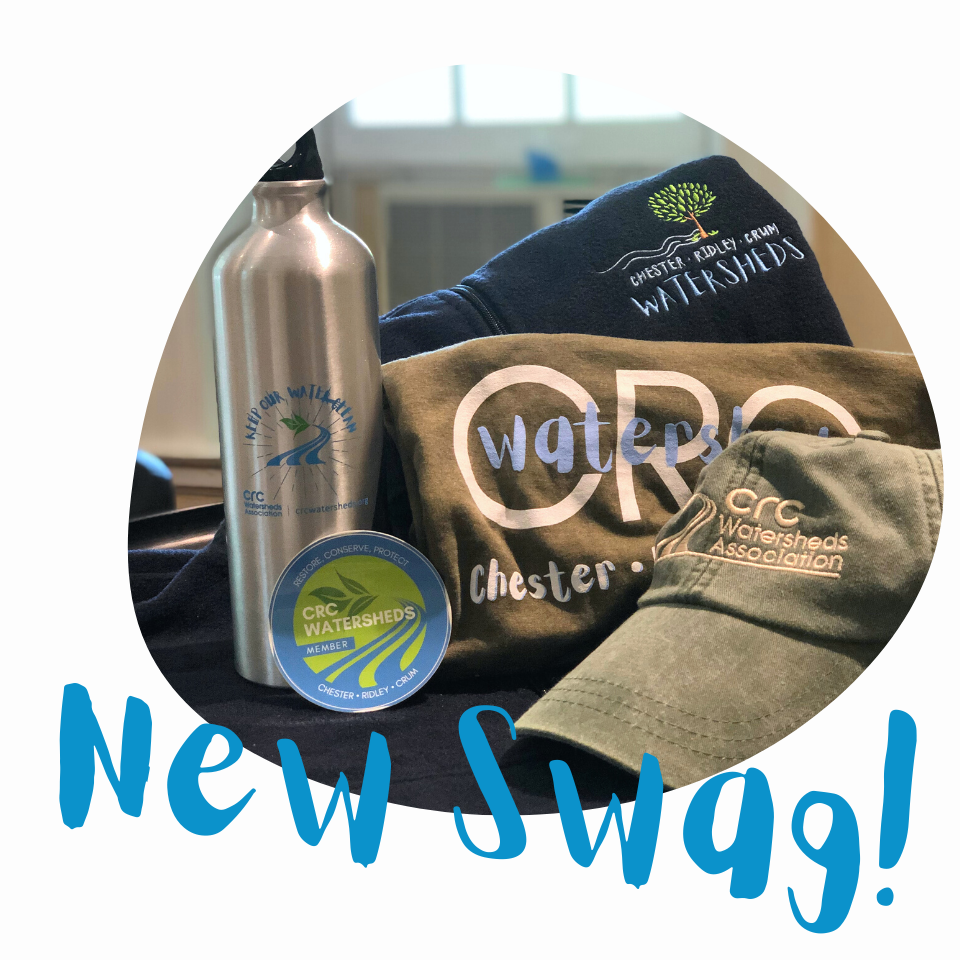
CRC’s Annual Membership Drive Includes Debut of New Swag, Special Members-Only Hike
CRC’s Annual Membership Campaign was primarily digital for the first time this year. We also featured a new collection of CRC swag: A fleece jacket, new T-shirt, water bottle, hat, and sticker. CRC will also offer our first-ever Members-Only Nature Walk this winter to the Willistown Conservation Trust’s Rushton Preserve.
If you have not already become a member of CRC, please consider joining: every dollar counts as we work to keep our watersheds healthy! To join, please follow the link below. With your help, we can continue to pursue our ambitious goals for this year: to plant over 1,000 trees, remove tons of trash from our creeks, and enlist some 1,500 volunteers to achieve these goals. So please, help us continue to protect and restore our watersheds. Memberships start at $50 and up.
Nature Walks Feature Meditation Trail and Global Bird Day Walk
When CRC posts a nature walk on social media, it isn’t long before the walk is full (particularly during Covid, when we had to limit participants more than usual). For that reason, CRC plans to increase our walk offerings in the coming years, so stay tuned!
Kicking off the spring on March 13, more than 30 participants showed up to view the just-opened Long Point Meditation trail in Rose Valley. Led by Naturalist Roger Latham, CRC Board Member Walt Cressler, and Jim Audley, who designed the walk and managed its installations, walkers raved about the beautiful scenery and wonderful narration and storytelling. Some were even lucky enough to catch sight of a soaring Bald Eagle. This path is a real testament to community work on local path projects.
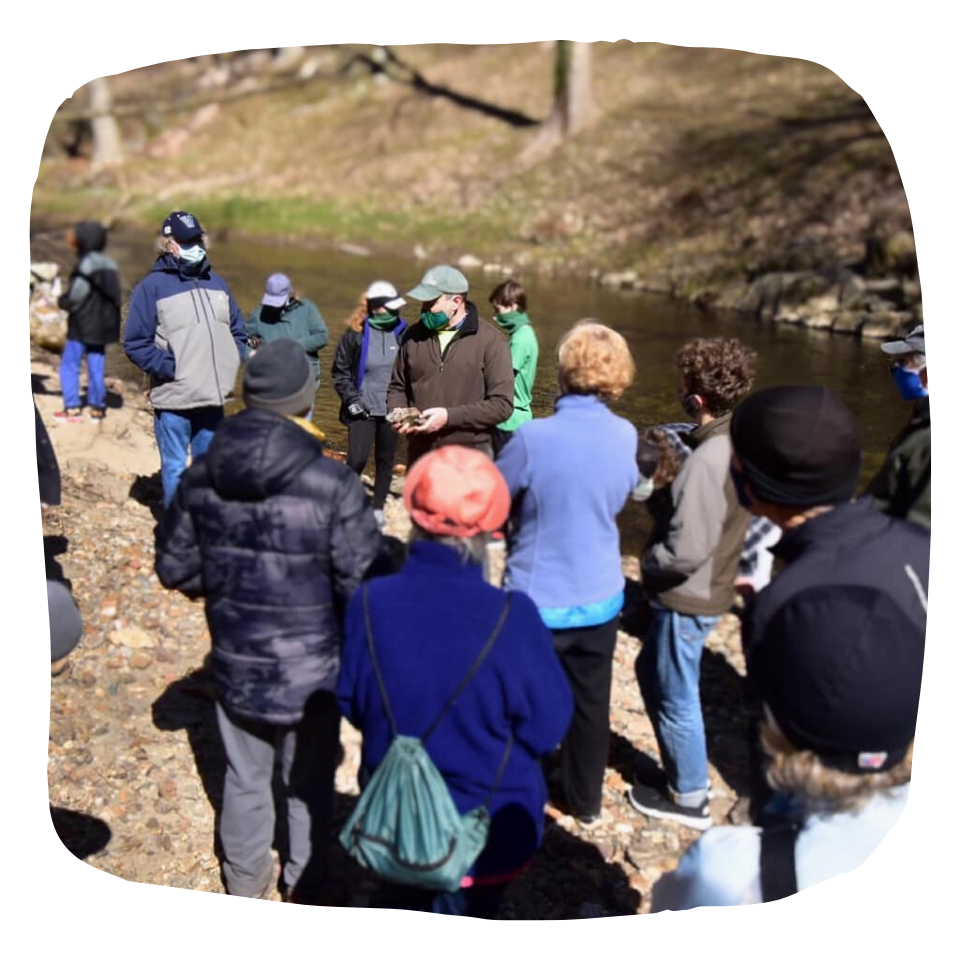
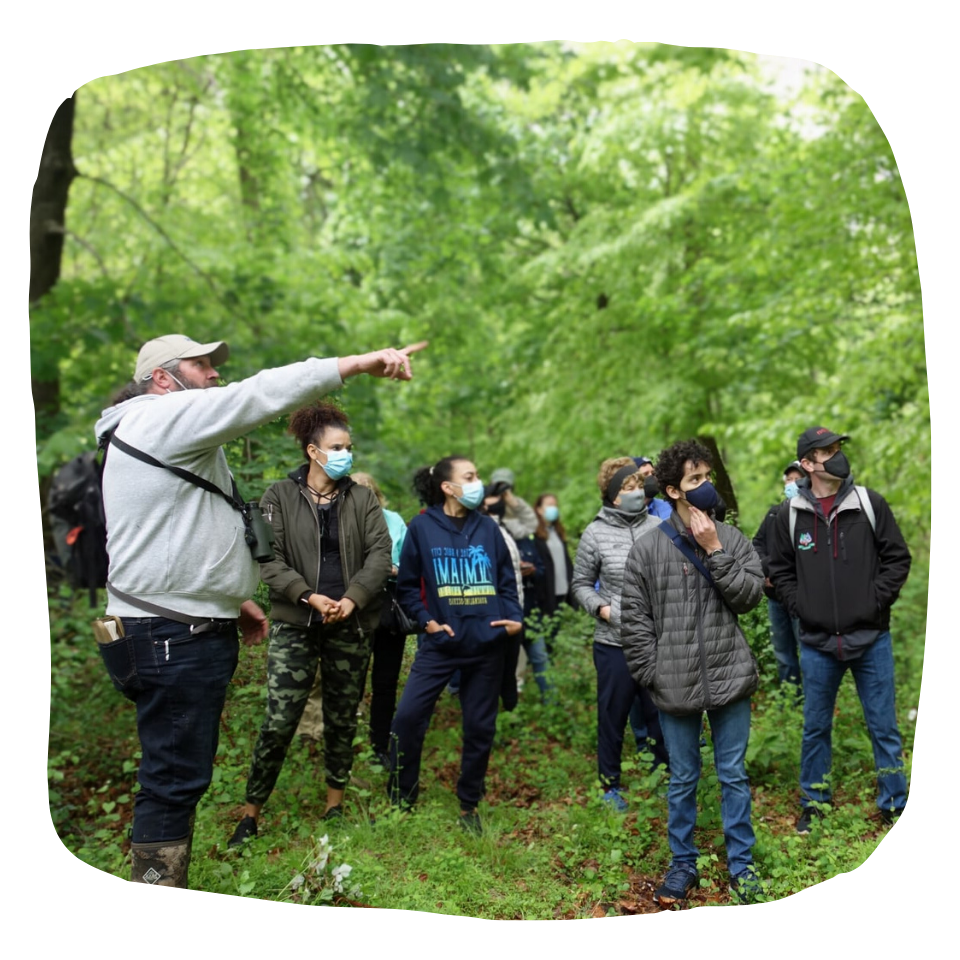
On May 8, CRC hosted nearly 60 participants for a walk on Global Bird Day at Garrett Williamson in Newtown Square. Three walk leaders -- Win Shafer, Mike McGraw and Brian Storey, all expert birders with the Delaware Valley Ornithological Club – led groups on one of the biggest birding days of the year, called the Global Big Day and organized by the Cornell Lab of Ornithology. Last year, 175 countries participated, with more than 100,000 bird checklists sent into Ebird. The day started with the group focusing on a huge flock of bobolinks just off the parking lot. This is an uncommon bird in this area because they require large areas of meadow in which to raise their young. The rarest bird of the day was seen and heard by Mike McGraw’s group: a cerulean warbler, one of the rarest warblers in North America. This bird is disappearing rapidly, and is hard to see because it normally is found in the treetops. The hike was co-sponsored by CRC and the Newtown Township EAC.

CRC Hires Digital Media and Marketing Coordinator
CRC’s latest employee, Rachel Keane, seems to have been born to work at an environmental, mission-driven organization like CRC. An avid trail runner and hiker, she can be found every day exploring the outdoors with her lab/terrier mix dog Sadie. At CRC, Rachel is responsible for social media and digital marketing. Please follow us on Instagram, Facebook and Twitter and check out her content!
Rachel grew up in Reading, PA, where her father took the family on many impromptu hiking adventures. At Slippery Rock University, she found that the college offered freshman housing on an outdoor adventure floor. There, she got to meet like-minded students who loved everything from rock climbing to kayaking.
“I love nature, and the sustainability of preserving the world is really important to me,” Rachel says. “Using my skills in business and digital marketing to perpetuate CRC’s mission and goals gives me a purpose.”
For the last four years Rachel has been consulting in social media, digital marketing, graphic design and as a customer support specialist for web sites. She also enjoys nature photography, in fact winning a place in CRC’s photography calendar for 2020 with a photo she took at Willistown Township’s Okehocking Preserve.
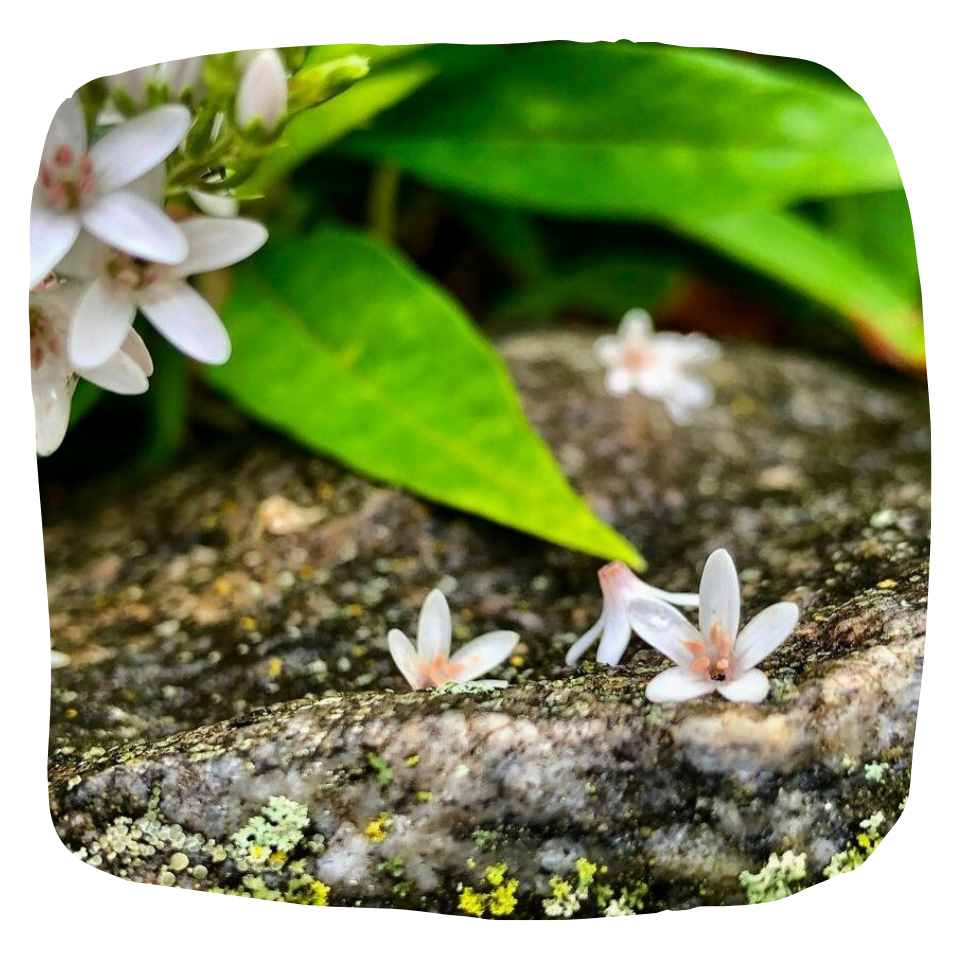
Streambank Stabilization
With CRC's growing profile, more homeowners have asked us for customized erosion-control solutions on their private property. We've responded by suggesting ways to stabilize streambanks and ephemeral islands with communities of native riparian plants that go beyond the handful of species that folks have typically come to associate with impacted wetlands, enhancing both the aesthetic and wildlife values of these small tributaries. We encourage folks in our watersheds to continue to reach out to us, as together we reinvent what falls under 'conventional' planting choices, and seek ways to work alongside natural processes, and not against them.


